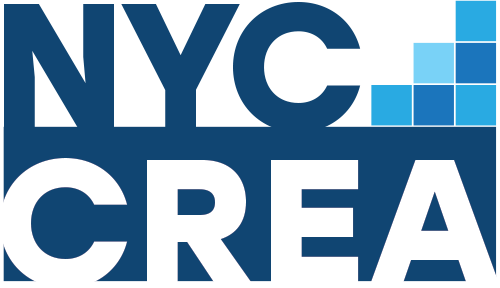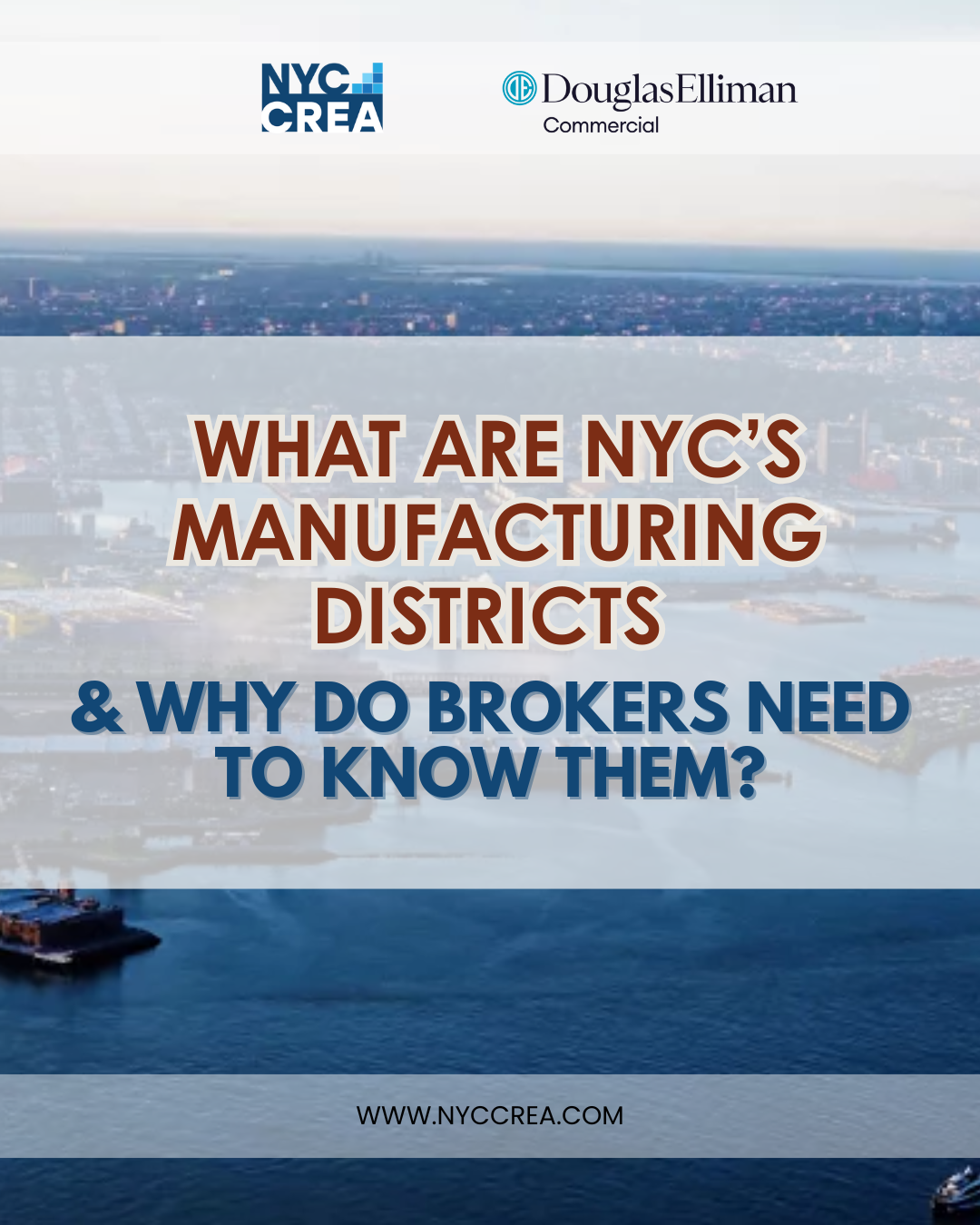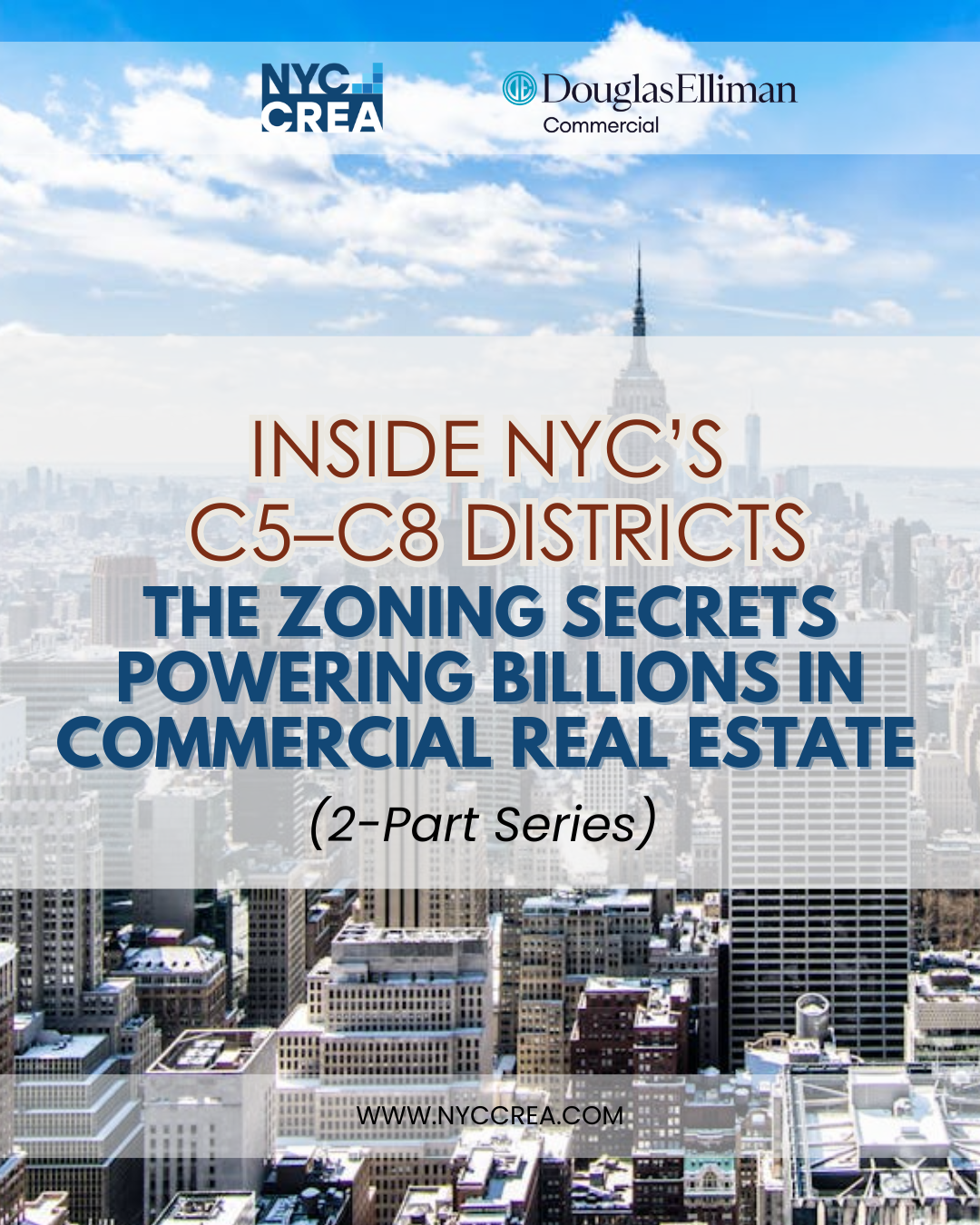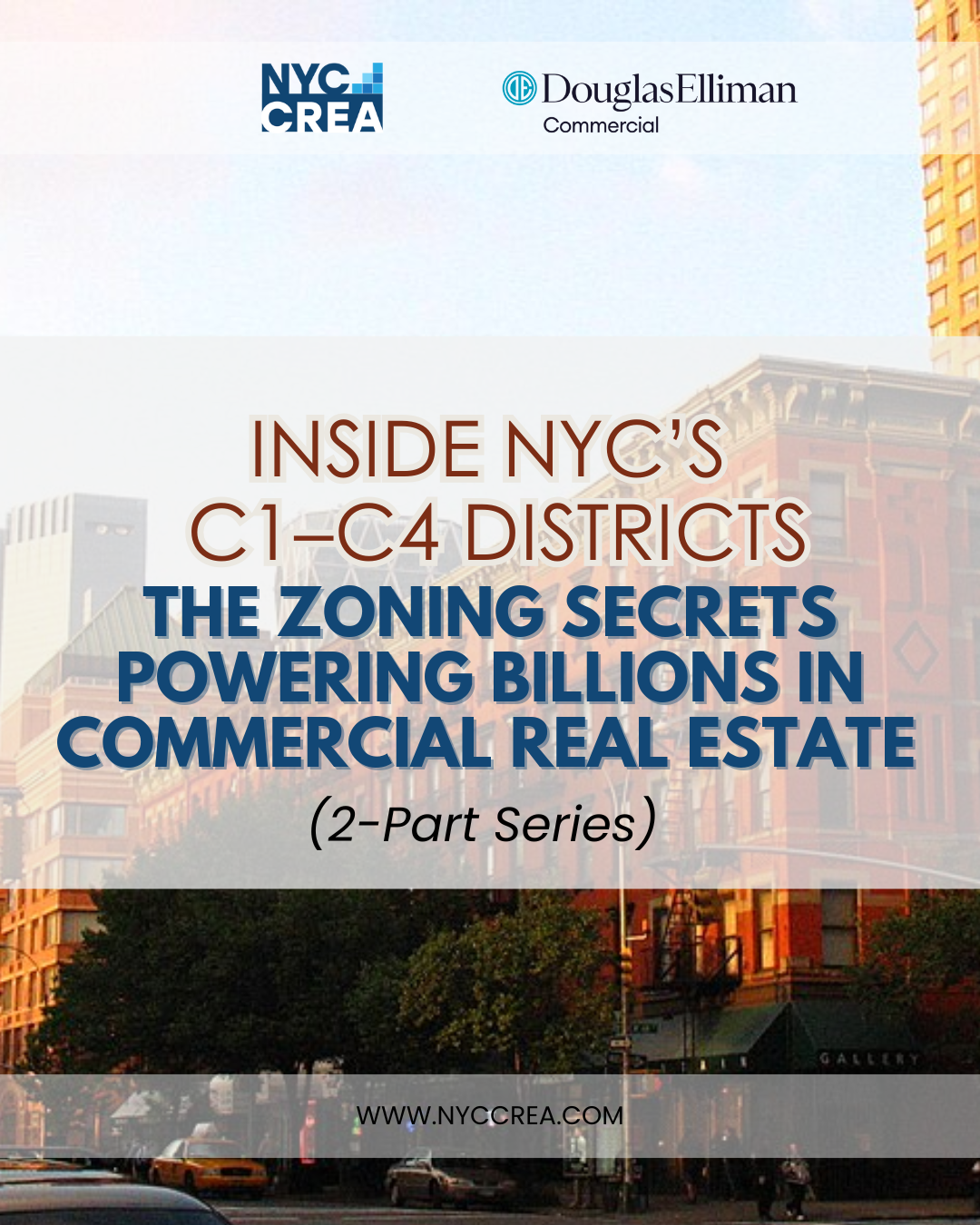- Data centers are critical infrastructure, with the U.S. colocation data center market doubling in size in just four years; vacancy rates have hit a record low of 3% as demand surges.
- New York’s strategic location offers access to over 650 unique networks, with connectivity extending globally, making it a key hub for financial services and AI development.
- Data centers drive economic growth, contributing to $70 billion annually in U.S. investments, creating thousands of high-paying jobs, and increasing commercial real estate values.
- Challenges in the data center market include energy consumption, as the sector’s power use is expected to reach 11% of total U.S. electricity demand by 2035, and high costs for urban spaces.
- Future prospects in New York center on AI-driven expansion, with AI accounting for 20% of new data center demand in the last year, and green energy initiatives aimed at reducing carbon footprints.
Data centers are specialized facilities housing computer systems and components necessary for data storage, processing, and communication. These centers are critical in the modern digital economy, supporting cloud services, e-commerce, and the massive flow of digital information. Data centers enable seamless global communication, rapid business transactions, and the storage of essential data, making them integral to a wide range of industries.
The rise of big data, cloud computing, and artificial intelligence (AI) has significantly increased the demand for data centers, impacting the commercial real estate market. In the last four years, the U.S. colocation data center market has doubled, with investments totaling over $300 billion for AI and data processing. These facilities are no longer just technical hubs; they are strategically located in cities like New York to support various sectors, from finance to healthcare, emphasizing reliability and low-latency data transfer.
New York City, the country’s biggest city in terms of population, stands out as a key location for data center development due to its strategic position on the Eastern Seaboard and dense population. The city provides access to 125 million people in the region, facilitating the rapid transmission of data across the U.S. and internationally. New York’s advanced infrastructure, including access to over 650 unique networks, makes it a prime data center location, driving significant investment and development in commercial real estate.

Strong Impact to Commercial Real Estate
Data centers are catalysts for economic growth, especially in urban commercial real estate. The U.S. colocation market, now at 12 gigawatts (GW) of capacity, has seen occupancy rates grow by 30% annually since 2020, highlighting their impact on real estate. Data centers not only enhance the value of specific properties but also contribute to local economies. In 2023 alone, the data center sector in the U.S. supported over 140,000 jobs, with average salaries for IT roles exceeding $100,000 per year. The construction of data centers stimulates demand for local services and contributes to infrastructure improvements.
In New York, data centers contribute significantly to the commercial real estate sector, driving up property values and creating a competitive environment for high-quality real estate assets. Historic buildings like 60 Hudson Street and 111 8th Avenue have been transformed into major data hubs, enhancing their commercial value and attracting tech-driven tenants. These properties serve as critical points for interconnection, leveraging New York’s unique position as a global financial and data communication center.
New York offers several key data center options, with some of the most prominent facilities including 60 Hudson, 111 8th Avenue, 325 Hudson, and 32 Avenue of the Americas. Historically, 60 Hudson, an Art Deco building in Tribeca, served as a major hub for telephony services and remains a key interconnection point despite challenges in connecting networks within its ecosystem. 111 8th Avenue, now owned by Google, was once a vital Internet interconnection site but has seen a shift towards office space, raising concerns about its future as a data center. In contrast, 325 Hudson, recently acquired by DivcoWest, is notable for its cooperative approach in managing interconnections and its strategic location along the Hudson fiber corridor. Finally, 32 Avenue of the Americas is a mixed-use facility housing multiple providers, including Digital Realty Trust, and continues to play a critical role in New York’s data center landscape.

Critical Energy User
Data centers face notable challenges that impact their integration into commercial real estate, particularly in densely populated urban areas like New York. High costs associated with property acquisition and renovation in such cities pose barriers to entry. Retrofitting existing buildings to meet the rigorous standards of data centers—such as enhanced power supply, cooling systems, and structural security—requires significant investment. In New York, premium real estate prices have driven costs even higher, with data center construction costs surpassing $1,200 per square foot for state-of-the-art facilities.
Energy consumption is another critical issue. Data centers account for about 3% of the U.S.’s total electricity use, a figure projected to rise to 11% by 2035. In response, New York has committed to reducing carbon emissions, pushing for greener data center operations. Urban data centers must meet stringent energy efficiency standards, which can increase operational costs. Additionally, concerns over the resilience of these facilities to natural disasters have led to investments in disaster-proofing infrastructure, impacting the choice of suitable locations within the city.
Network interconnectivity is another challenge in New York’s dense data center environment. Facilities such as 60 Hudson Street are home to a vast number of networks, creating potential bottlenecks for connectivity. The complexity of managing these interconnections can lead to higher costs and operational challenges. Additionally, the growing importance of cybersecurity, given the sensitive nature of data handled by these centers, demands constant upgrades and investments digitally and physically.

Biggest Data Centers in the U.S.
Northern Virginia is the largest data center market globally, with over 4 GW of capacity, making it the primary hub for internet traffic in the U.S. Known as “Data Center Alley,” this area supports major cloud services, hosting facilities for companies like Amazon Web Services (AWS), Microsoft Azure, and Google Cloud. Northern Virginia’s influence on the commercial real estate market is profound, driving construction of vast data campuses and creating jobs for thousands.
Dallas-Fort Worth is another key data center hub, serving as a central point for data traffic in the South and Midwest. With over 1.5 GW of capacity, it supports diverse industries from financial services to healthcare. Dallas’s data center market has seen vacancy rates below 4% despite rapid expansion, underlining the strong demand in the region.
In Phoenix, low energy costs and minimal risk of natural disasters have made it a prime location for data center growth. Facilities like the PhoenixNAP are notable for their capacity and resilience, serving as critical nodes in the cloud infrastructure and supporting AI research and development. Phoenix’s data centers are among the most power-efficient in the country, utilizing advanced cooling systems to reduce energy consumption.
These mega data centers have broad applications, supporting cloud services, AI research, data analytics, and financial transactions. They are central to the infrastructure of major corporations, providing the backbone for digital transformation across sectors. The economic impact of these facilities extends to the commercial real estate market, driving demand for specialized properties and increasing land values in their respective regions.

Tech and Urban Growth
Data centers are not only the backbone of the digital economy but also powerful influencers in the commercial real estate sector. In cities like New York, they represent a convergence of technology and traditional real estate, contributing to economic development, job creation, and property value appreciation. As the demand for data storage and processing grows, so does the competition for prime real estate capable of housing these specialized facilities.
Looking to the future, the data center industry in New York and across the U.S. will face both opportunities and challenges. The shift towards sustainable energy and increased efficiency will be paramount, particularly as urban centers prioritize green initiatives. AI-driven demand and the need for greater connectivity will continue to shape the market, influencing both new construction and the adaptation of existing structures. The successful integration of data centers into commercial real estate will hinge on a careful balance of technological advancement, sustainability, and urban development.
References:
1. CBRE. (2024). *Data Center Market Overview*. CBRE Research Reports. https://www.cbre.com
2. JLL. (2024). *2024 Data Center Outlook*. JLL. https://www.us.jll.com
3. U.S. Energy Information Administration. (2023). *Electricity consumption by U.S. data centers*. https://www.eia.gov
4. DatacenterHawk. (2024). *Market Analysis of U.S. Data Centers*. DatacenterHawk. https://www.datacenterhawk.com
5. Digital Realty. (2023). *Data Center Industry Insights*. Digital Realty. https://www.digitalrealty.com
6. Uptime Institute. (2024). *Global Data Center Survey 2024*. Uptime Institute. https://www.uptimeinstitute.com
7. Cushman & Wakefield. (2024). *Data Center Market Overview Report*. Cushman & Wakefield. https://www.cushmanwakefield.com
8. NYC Economic Development Corporation. (2023). *Technology Infrastructure in New York City*. NYC EDC. https://www.nycedc.com
9. NAIOP. (2024). *North American Data Center Trends Report*. NAIOP. https://www.naiop.org
10. Statista. (2023). *IT Infrastructure and Data Center Statistics*. Statista. https://www.statista.com







